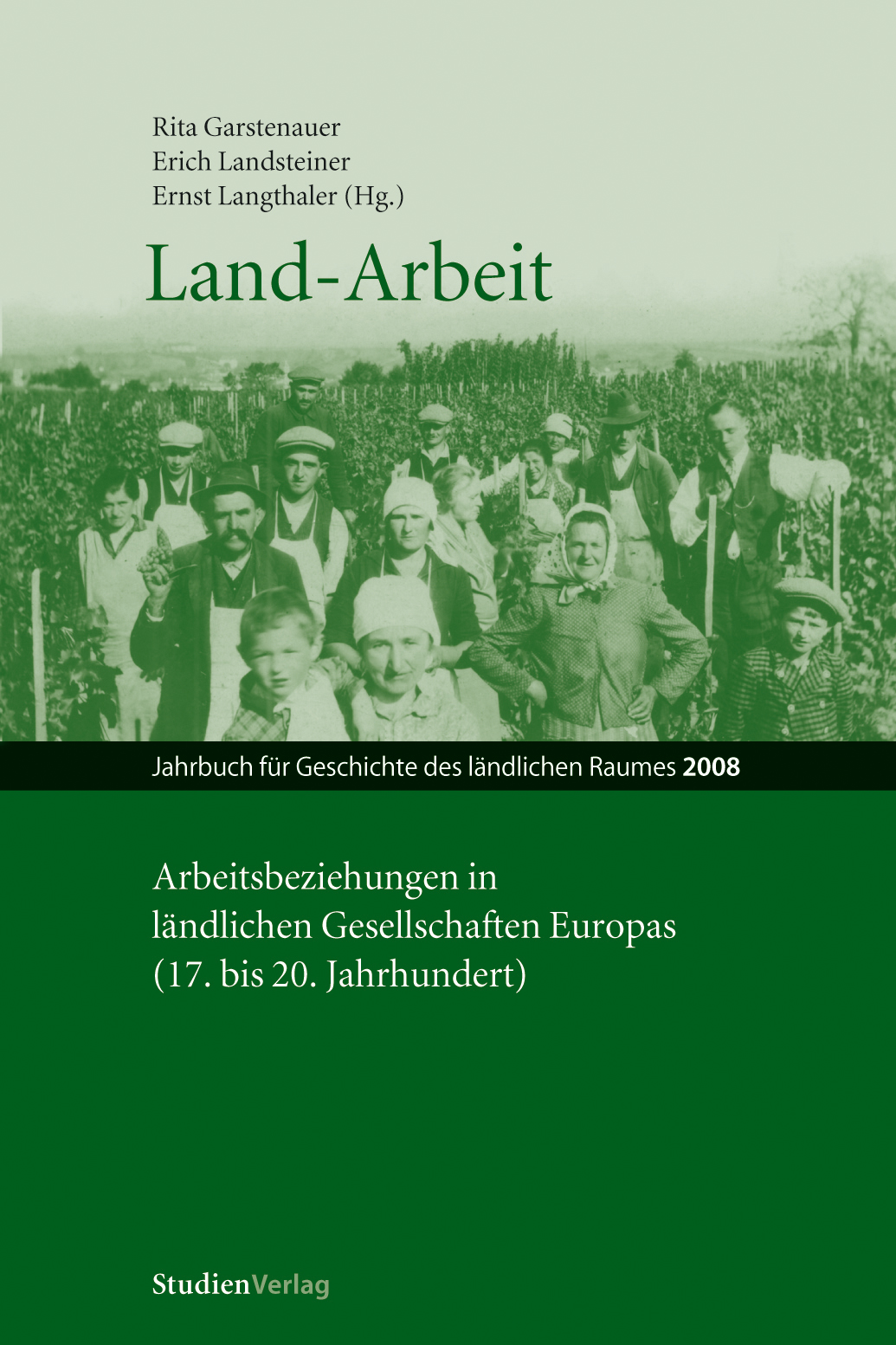Fischerbauern in der Polarregion Norwegens im 20. Jahrhundert
DOI:
https://doi.org/10.25365/rhy-2008-8Abstract
In this paper I explore the adaptation of the North Norwegian rural population to the socioe- conomic context generated by world markets and national politics. The region may be considered part of the frontier of Northern Europe, receiving waves of migrants from the south for hundreds of years, competing, co-existing and mingling with the original Saami population. In the 19th century, the Arctic population grew much faster than it did in the more hospitable parts of the country, which lost many emigrants to overseas. Rural population continued to grow during the industrialisation of Norway, and the number of farms with one or two cows culminated as late as 1949. When the Labour government initiated a planned economy after World War II, one important goal was to recruit the ‘underemployed’ rural population into industry and other capital-intensive, urban sectors. But the strong rural elements in Labour, supported by the political centre forces, were for a long time able to modify this policy, to the effect that the rural settlements were maintained and reinforced. One effect was the chronic shortage of labour in all cities, which made an end to low-paying industries and urban poverty, as well as motivating new industries to locate in small towns and rural areas. Participation in the new, capital-intensive sectors, like deep-sea fishing or construction generated investments in the traditional, labour-intensive activities, like small dairy herds or eight meter fishing boats. This kind of development has run contrary to the policies of most post-war governments. By now, subsistence or other forms of small scale animal husbandry did not survive the increase in wages of the oil age, and the free access to the common fish resources has gradually been expropriated from the coastal people for the benefit of commercial companies. But even if the rural renaissance of 1935 to 1985 is now over, it has left important material traces in the landscape, like modern and comfortable houses, communication systems, schools and other installations that will influence individual and institutional choices for a long time into the future.


